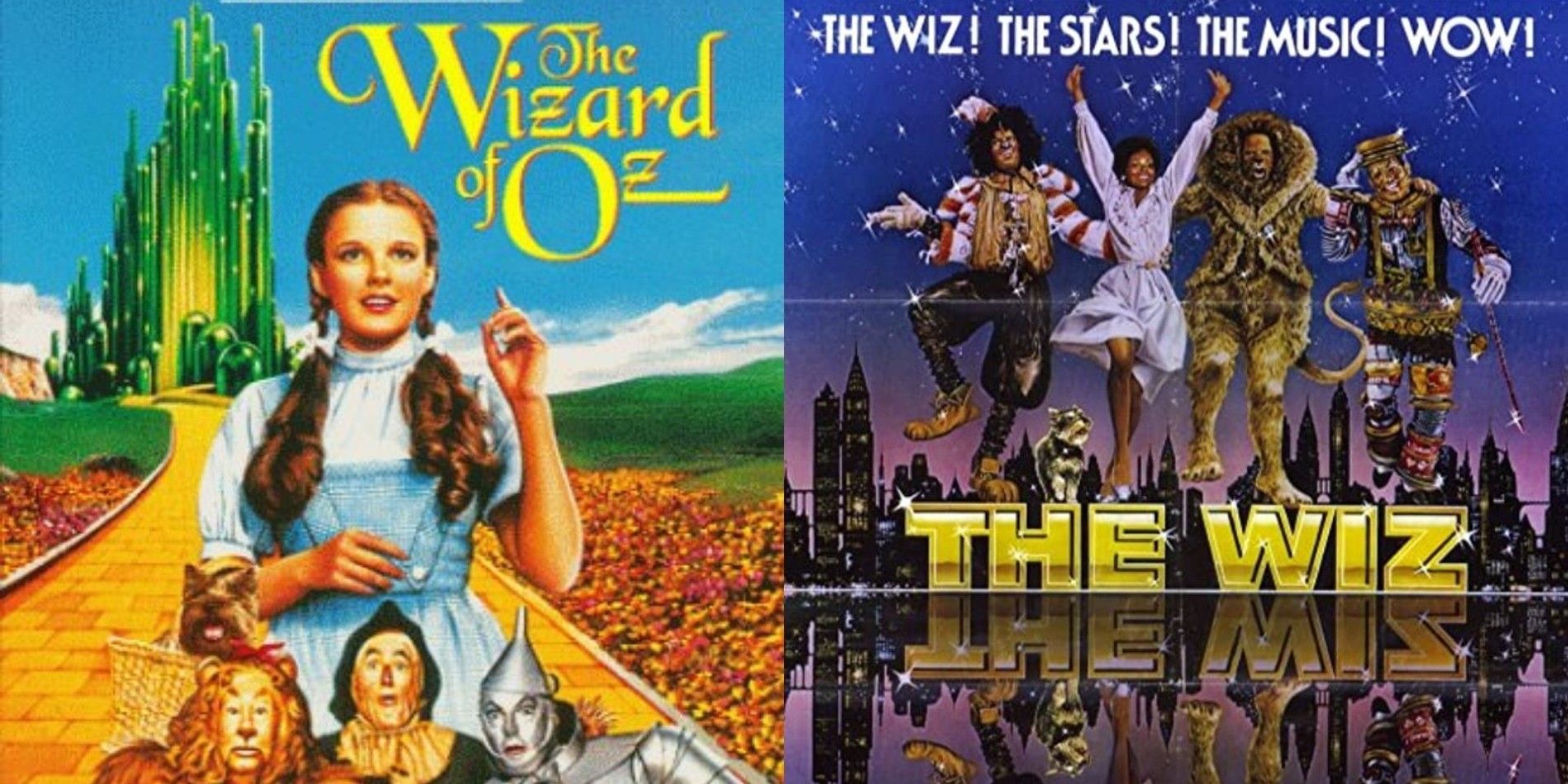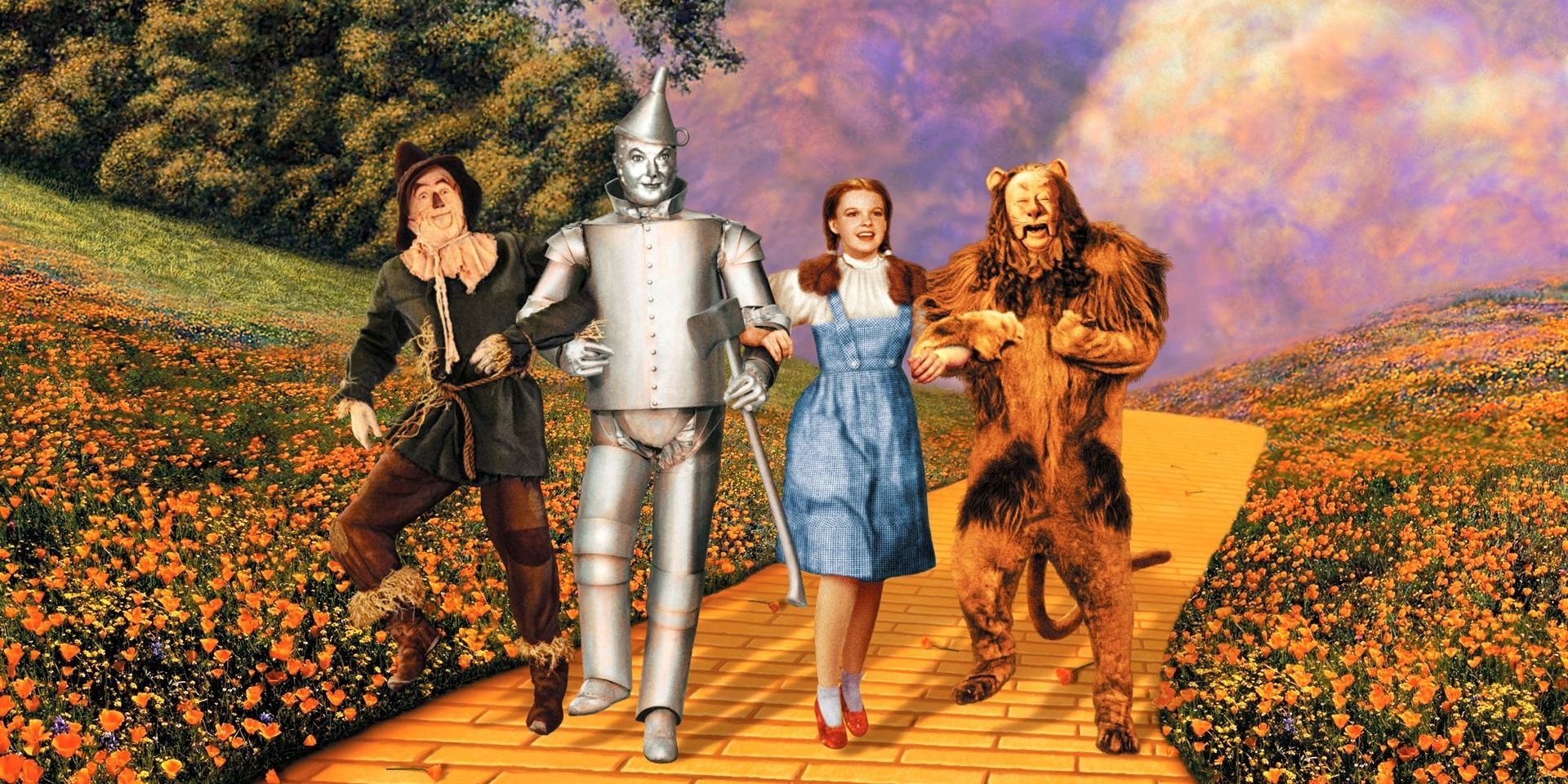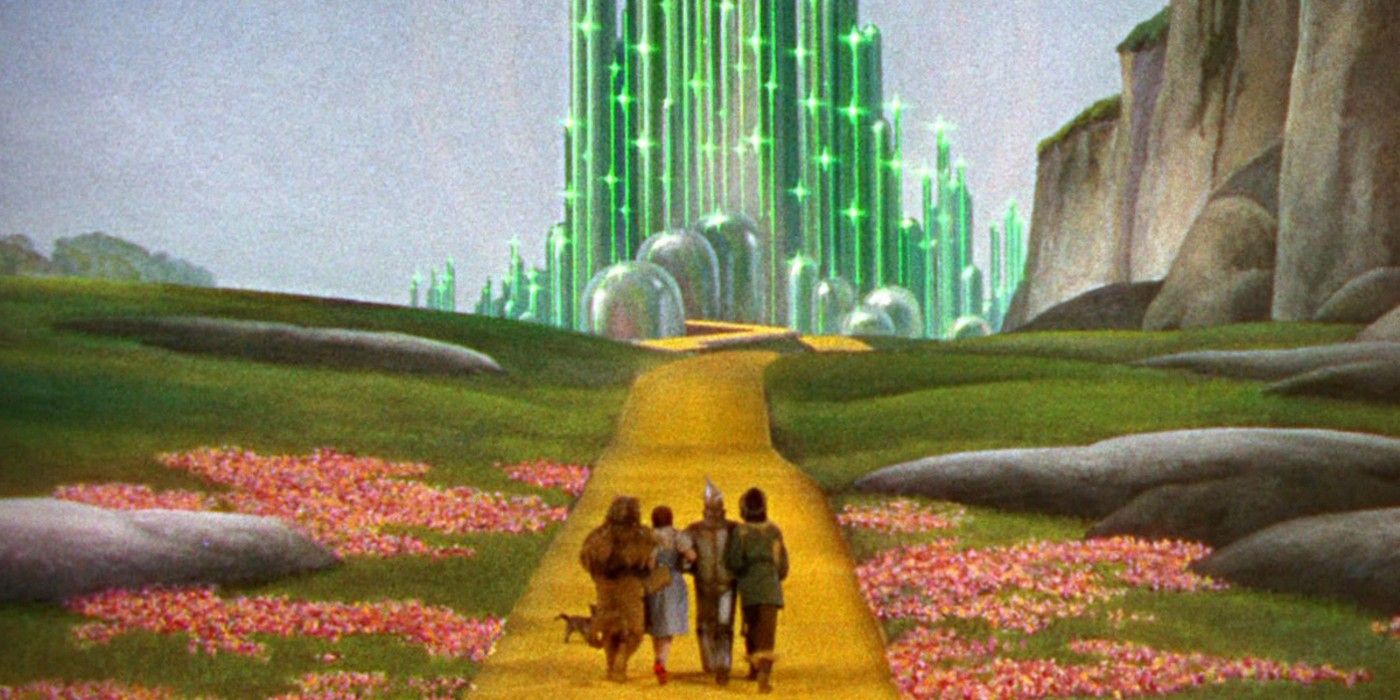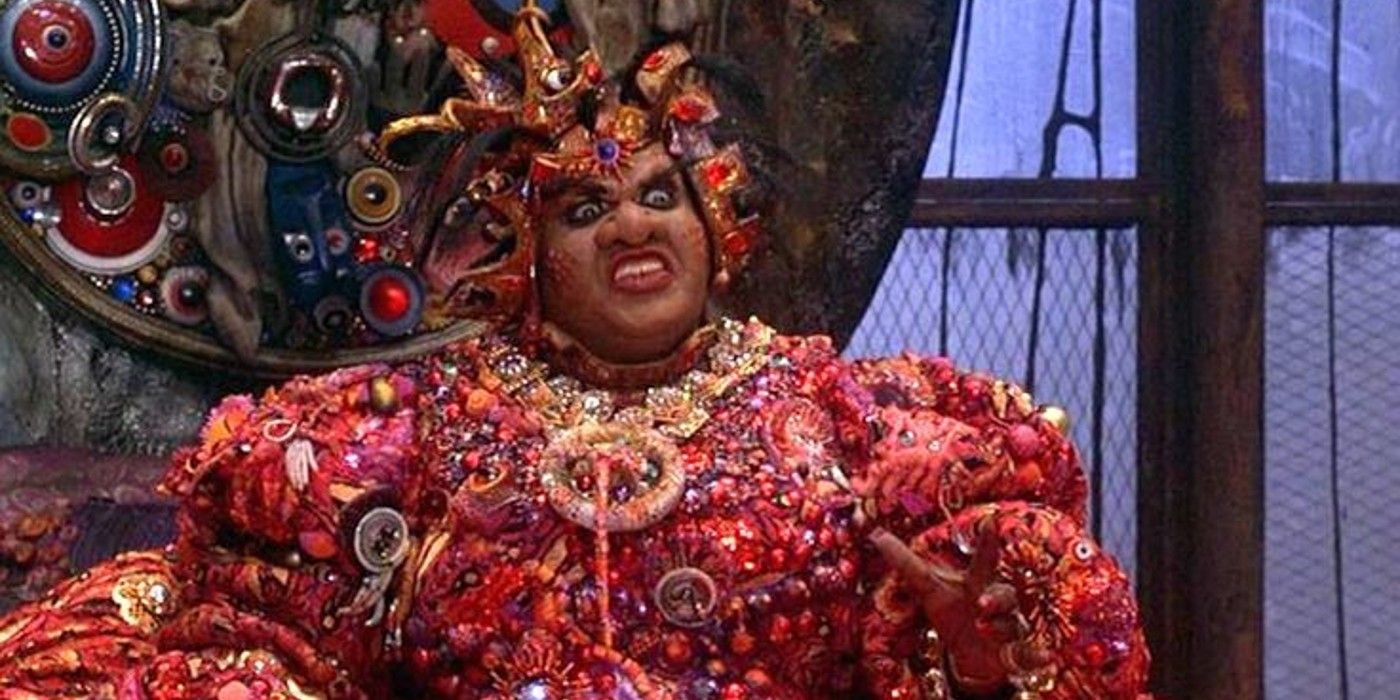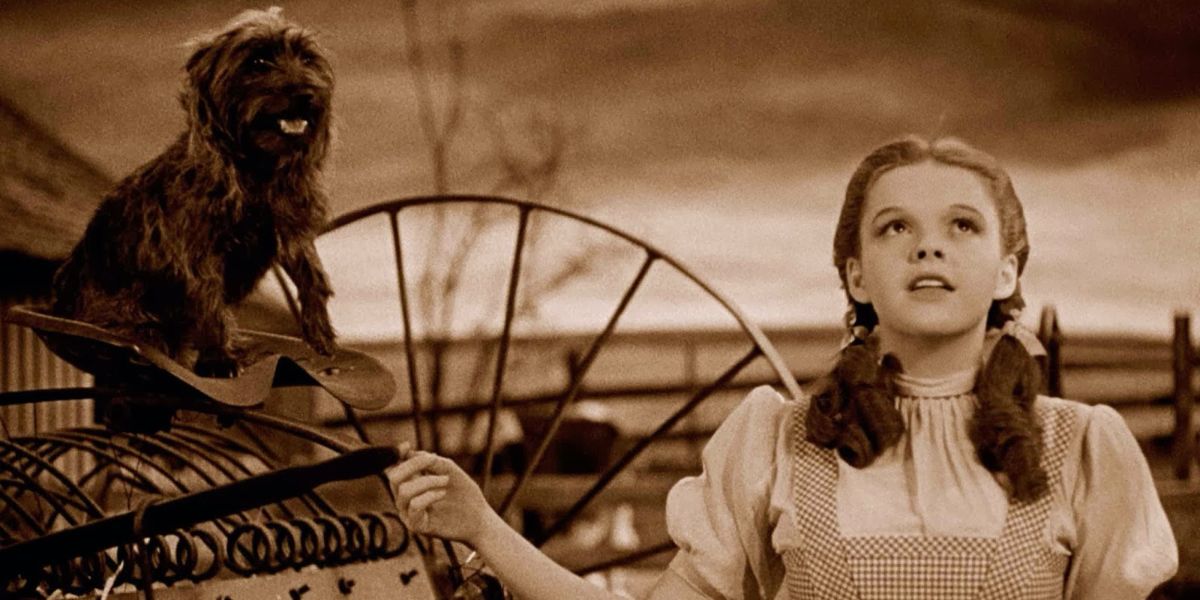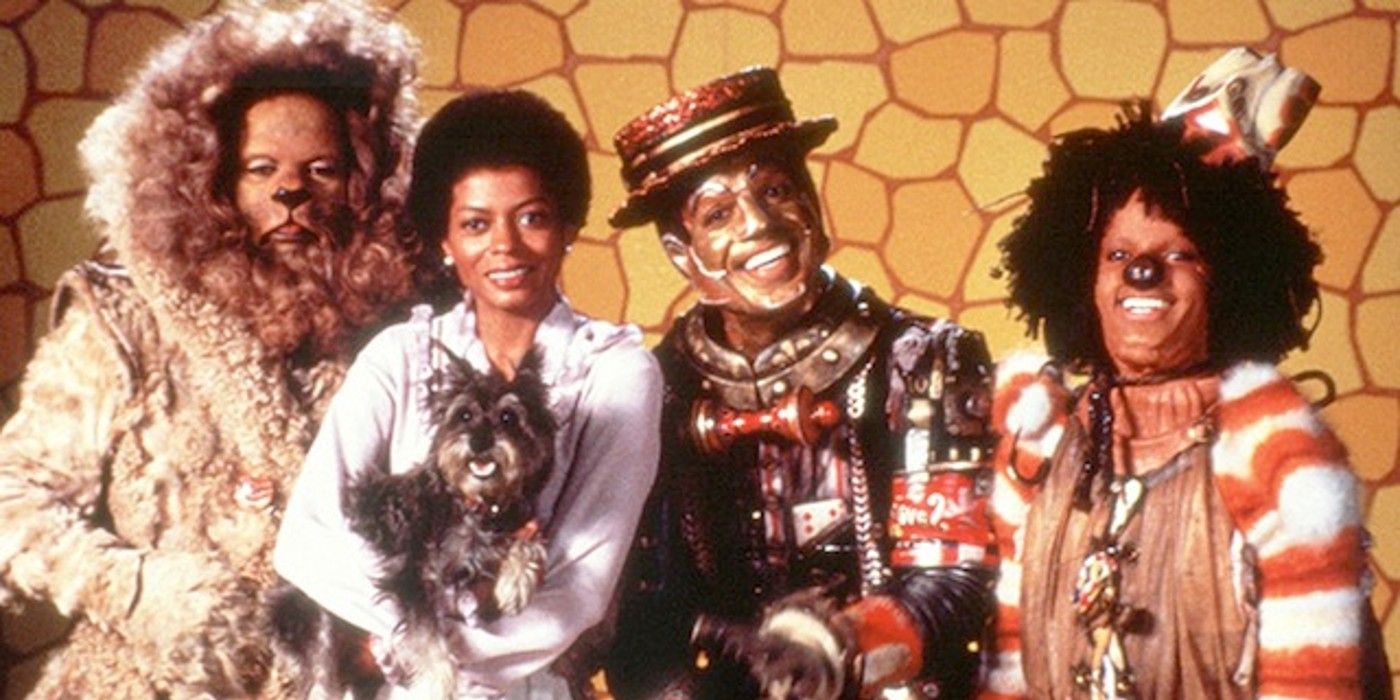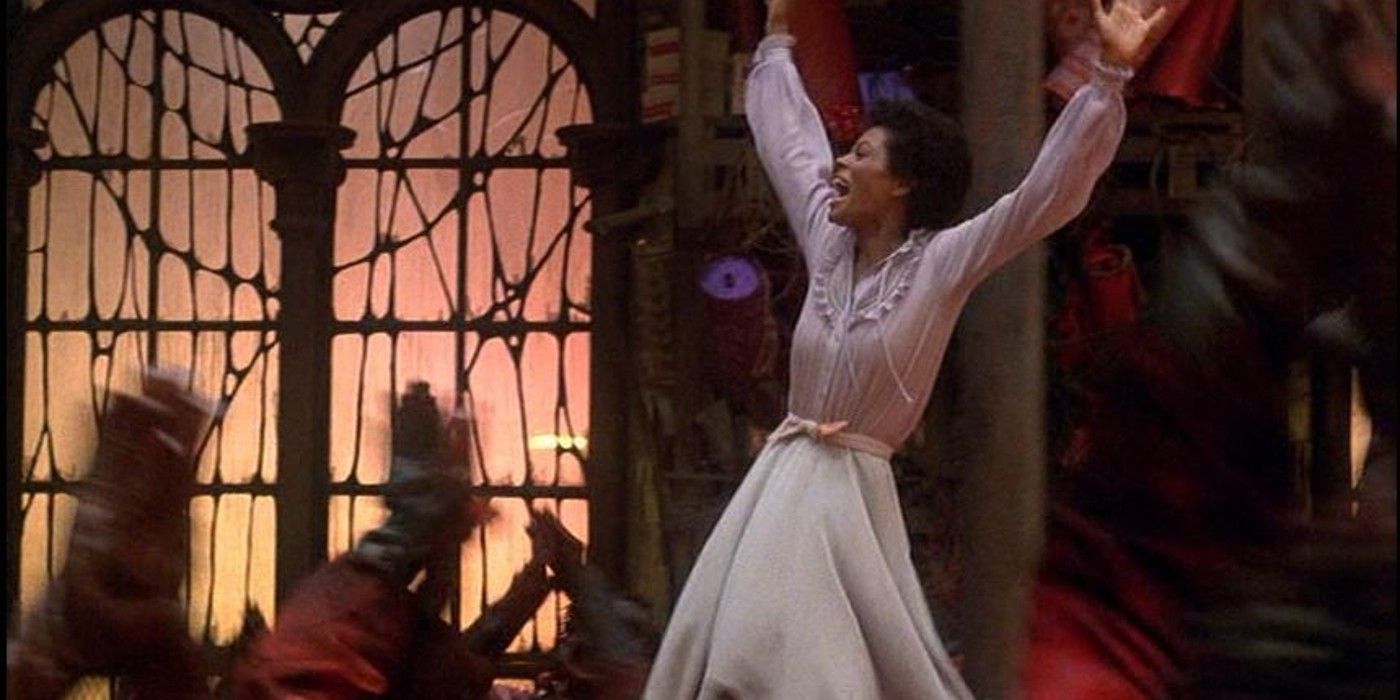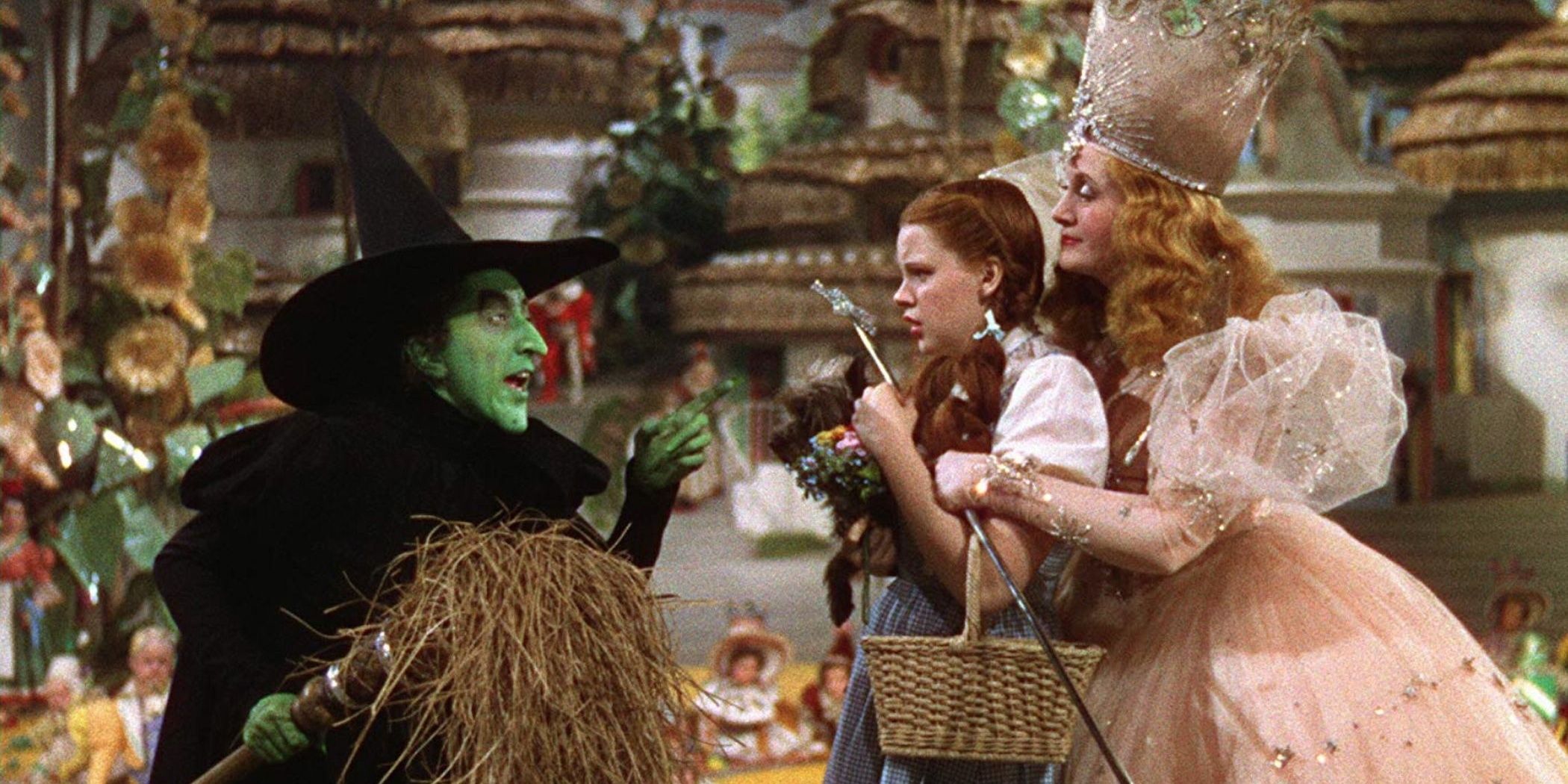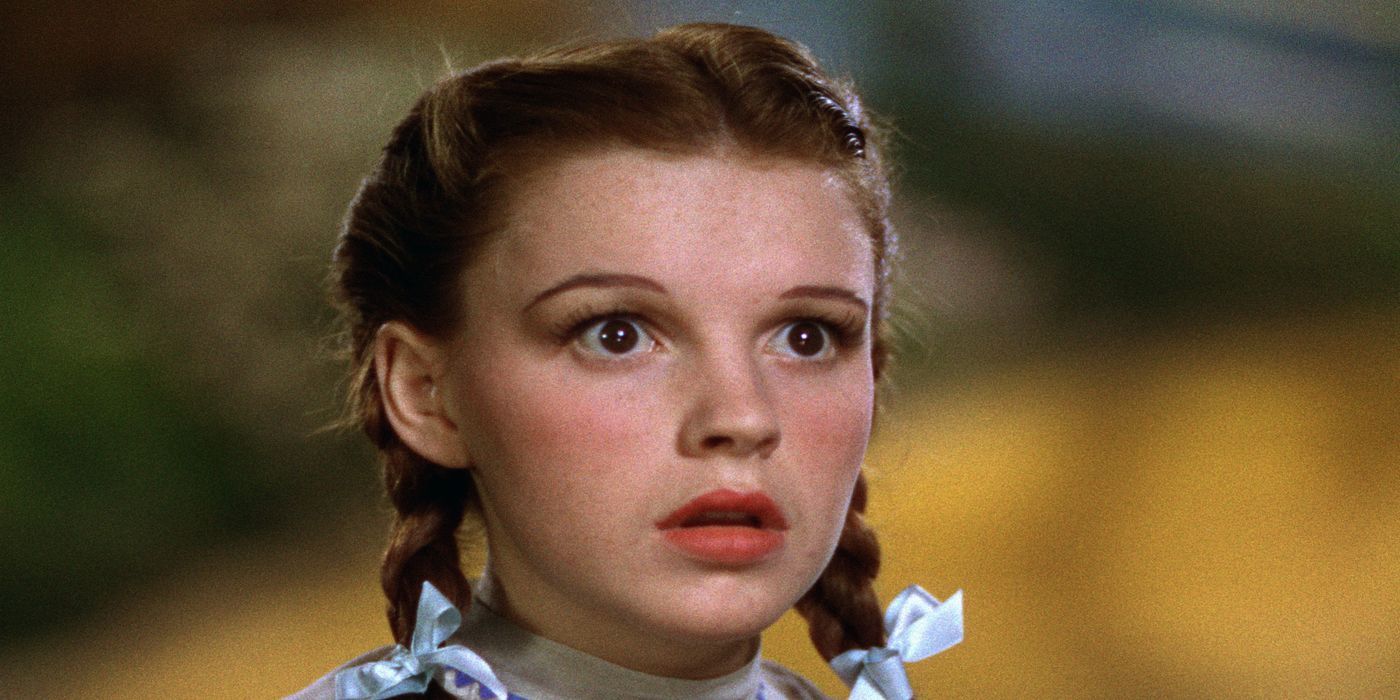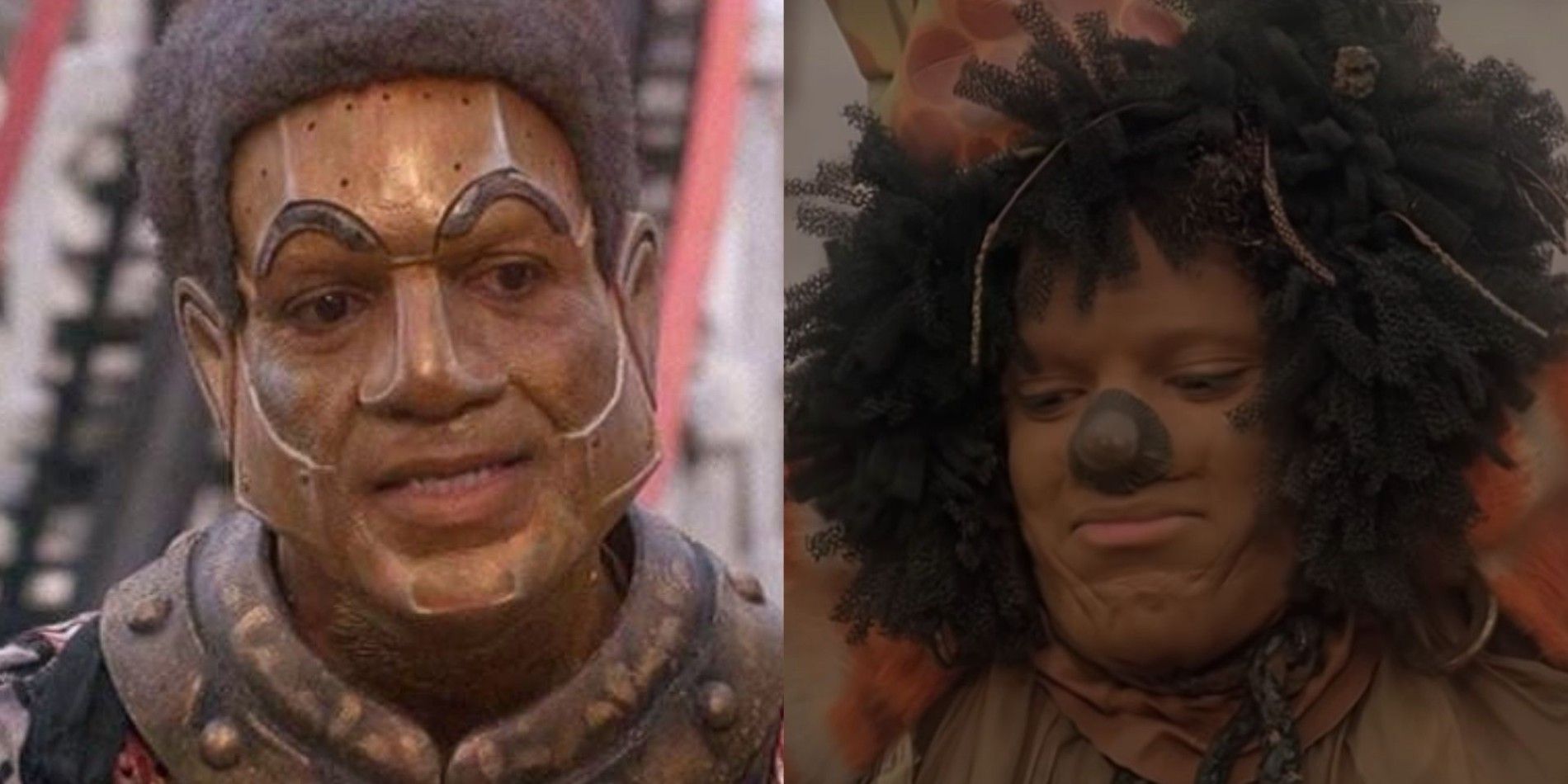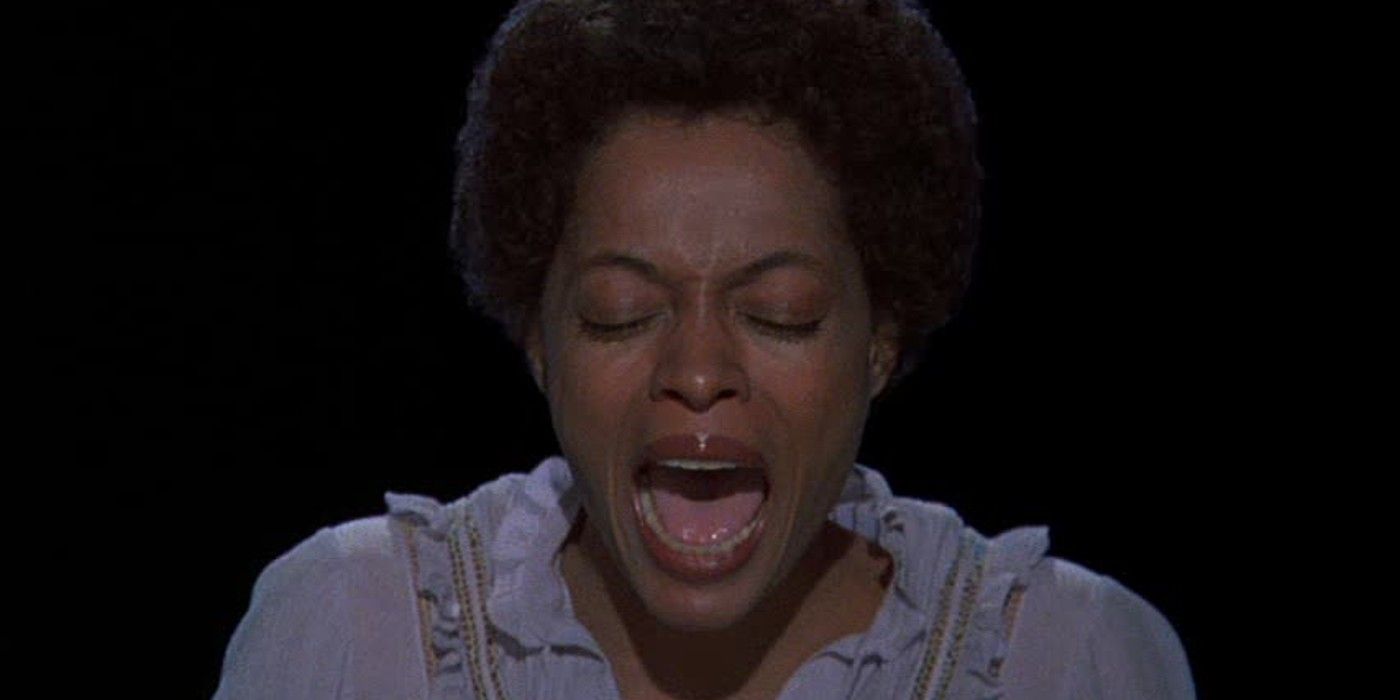It's hard to live up to what is widely regarded as one of the best films in all of cinema history. Yet The Wiz, the 1978 musical retelling of The Wizard of Oz that reconstructed the classic tale to represent the lives and experiences of Black Americans, is also a vanguard of cinema in its own right.
Naturally, both The Wizard of Oz and The Wiz have evident similarities in terms of base story. Both films are equally dazzling, but in many ways, The Wiz is a stand-alone film due to a range of different elements, including new design ideas and unique thematic changes.
The Genres
The Wizard of Oz is unforgettable in so many ways, such as its notable use of color to emphasize the fantastical elements. But the main attraction is simply that: fantasy. And while the 1939 movie is not necessarily one-dimensional, The Wiz furthers the fantasy to make cultural, political statements.
Since The Wiz is more overtly political, it's notably more dramatic in tone than The Wizard of Oz. The Black main characters in The Wiz go through much more troubling circumstances and emotional journeys than the characters in the original source material. No matter the scene, one could analyze The Wiz and the message it portrays about racism in the United States.
The Set Design
The Wiz draws from many memorable aspects of The Wizard of Oz, but one way the films deviate from each other completely is in the set design. Visually, The Wizard of Oz had a clear goal of wowing audiences with something they'd never seen before, such as with the effervescence of Munchkinland and the Emerald City.
In the case of The Wiz, however, the sets were created to emulate American places as a means of grounding the story in realism to further highlight the real-life struggle of Black citizens. Though there are still many fantastical elements that make up the sets of The Wiz, the familiarity within the design helps connect the film to the Black community.
The Costume Design
The Wizard of Oz has of the most easily recognizable costumes in the history of cinema given the film's popularity. From the ruby slippers to the green witch to the Tin Man's silver suit, there is no doubt the original film stands out in terms of its costume design.
While it is clear which character is the equivalent to which when comparing the two films, The Wiz barely takes a single wardrobe idea from The Wizard of Oz. Notably, The Wiz completely reinvents the looks of the characters to separate the adaptation from the original, both visually and culturally. Many of the costumes in The Wiz are wonderfully over the top, with steampunk influences and mostly warm colors.
The Locations
Iconically, Dorothy in The Wizard of Oz is from a farm in rural Kansas. In The Wiz, Dorothy is instead from Harlem, New York City, what could be considered a polar opposite of the character's original home. This change was done to represent urban Black communities that audiences could better relate to.
The differences in locations are notable when both Dorothys are in Oz as well. For example, in The Wizard of Oz, Dorothy finds herself in Munchkinland when she first arrives in Oz. But when Dorothy is transported from the real world in The Wiz, she enters a graffitied, concrete playground like those around which many city kids would have grown up. It's one of the many ways the real-life experiences of Black Americans comes into play in the film.
The Stars
The Wizard of Oz is nearly synonymous with Judy Garland. And although Garland's fellow co-stars are to be commended for their work on the film, when asking anyone about the cast of The Wizard of Oz, the first name likely to be mentioned is Judy's.
When it comes to The Wiz, the cast is memorably star-studded. It features Diana Ross, Michael Jackson, Nipsey Russell, Richard Pryor, Ted Ross of the original Broadway production of The Wiz, and one of Hollywood's first Black leading ladies from cinema's golden era: Lena Horne. That's to name just a few.
The Music
Another iconic name attached to The Wiz is renowned musician Quincy Jones, who is responsible for the soundtrack of the 1978 film. The Wiz is full of original songs with Motown influences that give the classic story much more soul, emotion and energy.
Of course, The Wizard of Oz had plenty of great songs as well, such as the timeless tune "Over The Rainbow." In terms of sheer amounts of music, though, The Wizard of Oz doesn't even compare to The Wiz, which has more than 20 featured songs.
The Witches
In both films, Dorothy accidentally, yet notoriously, kills the Wicked Witch of the East upon her arrival to Oz, and audiences don't see much of any of the East's character because of it. In The Wizard of Oz, the main witches throughout the film are Glinda, the Good Witch of the North, and the evil Wicked Witch of the West.
The Wiz features the witches of the story quite differently. To start, the deceased Witch of the East is given a name, Evermean. When Dorothy first gets to Oz, she meets Miss One, a witch who takes the place of Glinda as the herald of the story. Eventually, Dorothy meets Evillene, the Wicked Witch of the West, and it is only near the end of the film that Glinda the Good Witch appears to help Dorothy believe in herself.
Dorothy's Age
When The Wizard of Oz was made, Judy Garland was only 16 years old. As for The Wiz, Diana Ross was more than double Garland's age at 33. Dorothy's character in The Wiz had to be aged up for Diana Ross and was portrayed as a 24-year-old teacher.
The original character of Dorothy is a young girl, so Garland was closer to the right age for the role, if even a bit older than the character in the source material. Still, as a minor, she suffered both physical and emotional abuse on the set of The Wizard of Oz, something that would not fly today in Hollywood productions.
The Character Depth
The main Oz characters in The Wizard of Oz are all counterparts of Dorothy's family and other Kansas characters as a way to emphasize that she is dreaming throughout the film. This is an essential aspect of the 1939 movie, but this isn't the case in The Wiz. Instead, The Wiz reinvents the characters emotionally, giving them all more realistic backstories of woe.
In both films, Scarecrow seeks a brain, Tin Man seeks a heart, and Lion seeks courage, but in The Wizard of Oz, these characters all equate to the same amount of character dimension, even singing the different variations of the same song. In The Wiz, each Oz friend gets their own new song to reflect their unique, individual experiences, all of which representing different perspectives from Black Americans.
The Themes
The main lesson about the importance of family and friendship is in part what makes The Wizard of Oz so timeless. While those themes are also quite evident in The Wiz, the 1978 film in many ways is more about finding independence and self-love instead.
The theme of family is best represented in The Wizard of Oz by Dorothy being so focused on making it home to her loved ones, and eventually, she does find herself back in Kansas at the end of the movie. In The Wiz, Dorothy is instead more focused on finding herself. Before winding up in Oz, Dorothy in The Wiz sings about feeling disconnected from a purpose, and it is through her journey in Oz that she finds one. This is emphasized when the film doesn't end with a reunion with her family, but instead after Dorothy's dramatic ballad "Home," performed in a single, intimate close-up shot.

